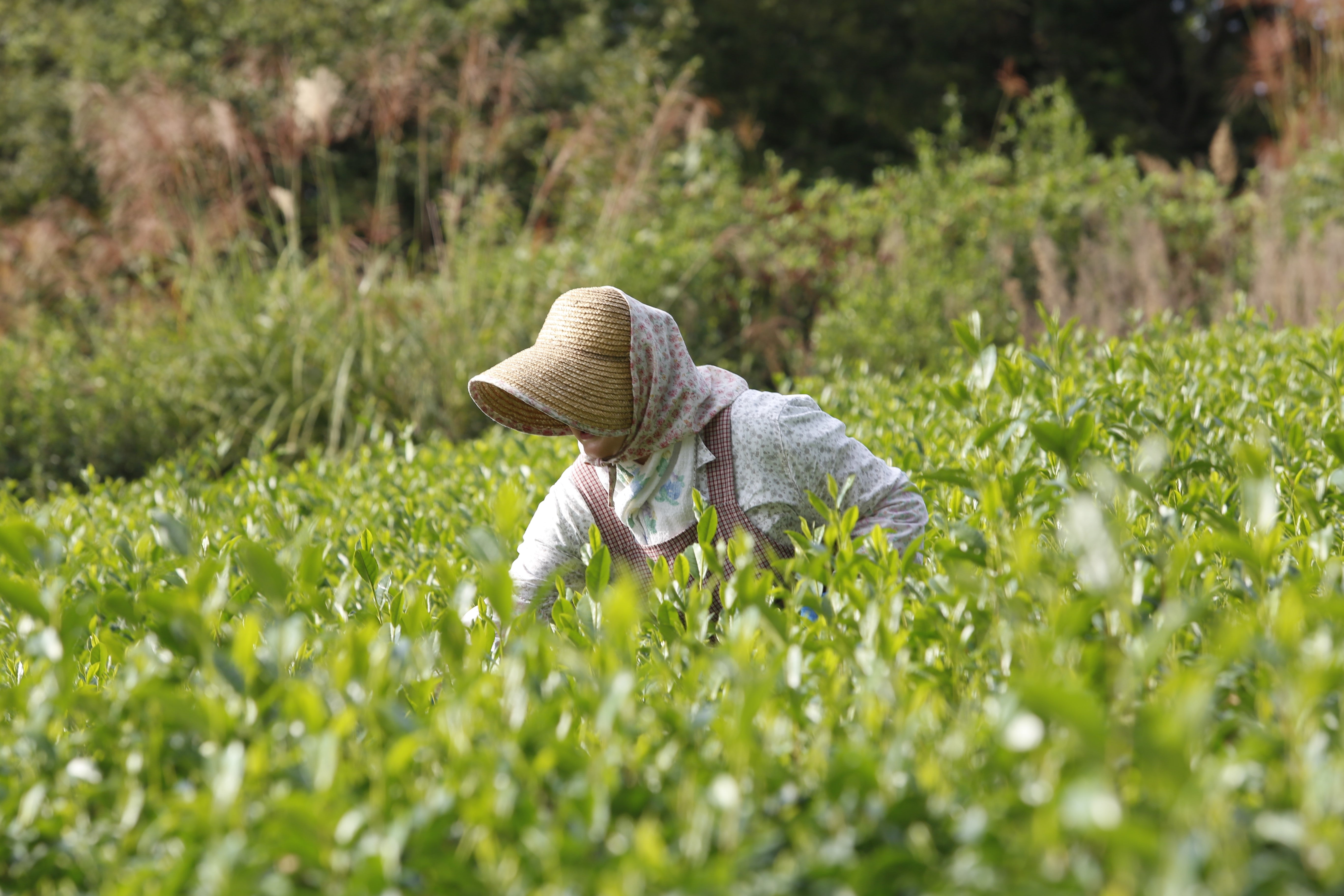
All about Shincha
All the sweetness and freshness of spring in young picked tea shoots, Shincha.

Tea Picking Timeline
|
|
First harvest |
Second harvest |
Third harvest |
Automn/Winter harvest |
|
Kagoshima Prefecture |
Early April-May |
Early/End of June |
Half July and early August |
Half September early October |
|
Shizuoka Prefecture |
Half April-May |
Half June and half July |
End of July and early August |
End of September and early October |
|
Kyoto Prefecture |
Early/End of May |
End of June and early July |
- |
End of August and half September |
The harvest begins in warmer regions such as Kagoshima and then gradually moves north, as does the flowering of the cherry blossoms.
Terms Used
The first harvest of the year is called the first "ichibancha", because it is the tea obtained by picking the first tea tree shoots of the year. Then, the following harvests are called “nibancha” (second picking), “sanbancha” (third picking).
Ichibancha is also called "Shincha" which means new tea. "Shincha" also has the meaning of first harvest with another name "Hatsumono" because it is the first harvest of the year. Depending on the region, there is also the "Autumn/Winter Bancha", which is picked at the beginning of autumn instead of picking the sanbancha.
Learn more about Shincha
Shincha
Tea plants rest and accumulate many nutrients during the winter. Then, the buds develop and become young leaves during the spring. These are tea leaves that are harvested.
88th Night Shincha
The 88th Night Shincha is between May 1 and 3 from the first day of spring, which is February 4. The writing of the kanji (ideogram) for 88 refers to the kanji of the rice, by its use, this day is important for the farmers. As in a Japanese song “Summer is approaching 88 nights”, the peak tea picking season is reached on the day when spring turns into summer, 88 nights after the start of spring. Since ancient times, Sincha has been said to bring good health and longevity, and is considered auspicious.

How to drink Shincha (for 3 people)





Leave a comment
This site is protected by hCaptcha and the hCaptcha Privacy Policy and Terms of Service apply.